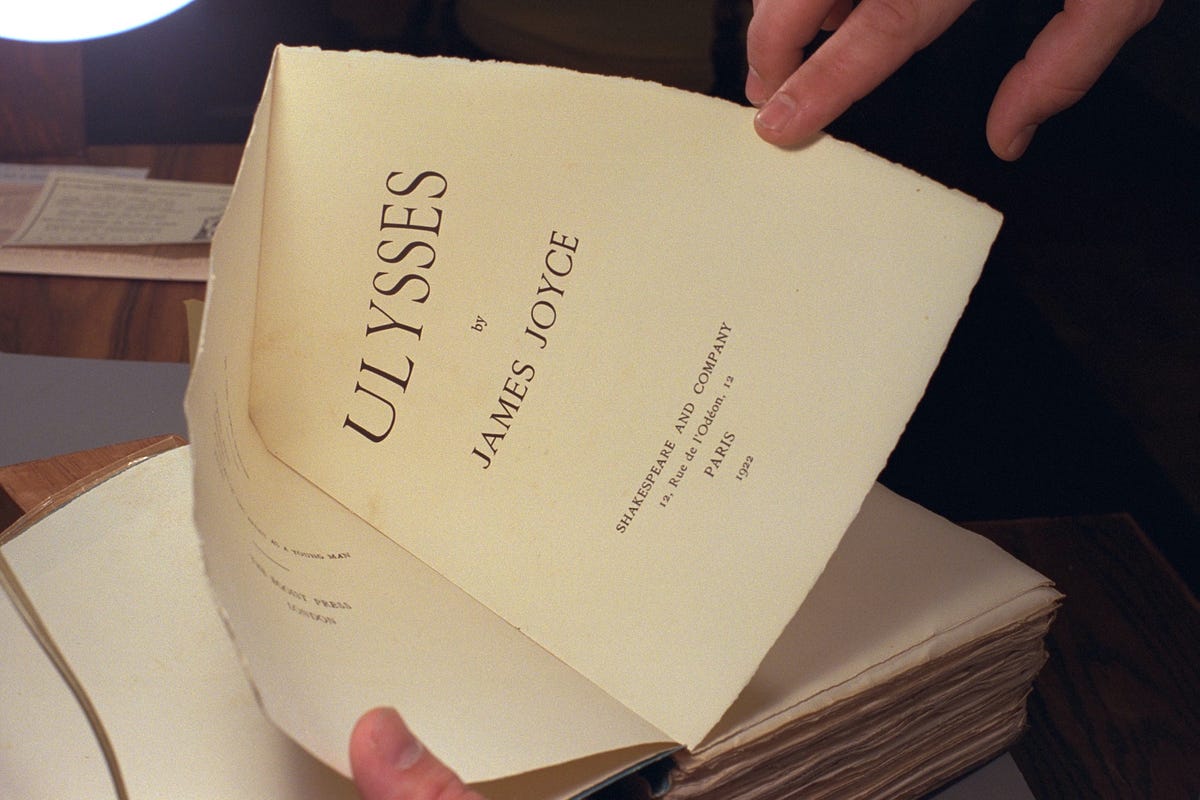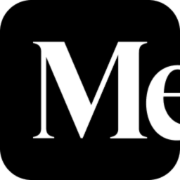When you’re learning your way through a new organization, look for peers or collaborators working at cross-purposes—people who are working together, but towards different ends.
For example:
- A will tell you the purpose of her work is to solve a social problem.
- B will tell you the purpose of his work is to make sure resources are shared fairly.
Another example:
- C wants to make something customers have never seen before—but that they’ll love the moment they see it.
- D needs people to pay a little bit more, or costs to come down, or both.
Why this happens
People work at cross-purposes when they value different things:
- A & B don’t agree on the purpose of their work. They disagree on underlying principles, not in the particulars.
- C & D are trying to produce different results with their work. Each has a perspective that is necessary for the organization, but you can imagine how they’d clash.
Three responses
These conflicts—propped up by different individual understandings of goodness—store a lot of potential energy. What does one do with all that?
Three responses I consider:
- The dismal response. Working at cross-purposes makes people unhappy; it generates needless suffering, worry, and conflict. Decreasing any of that opportunistically is important.
- The pragmatic response. As a consultant, I look for the hand-offs. That’s where things break, where errors get produced and passed along. When people are working at cross-purposes, their hand-offs tend to be bad. Fixing these is one of the first, and best, local improvements I can make.
- The optimistic response. Maybe there is a chance to gather everyone together and figure out what “good” means.
What good means—and who decides
I used to believe the received wisdom from lean, as mired in bog-standard management—that it is the task of leadership to define what’s good and then to require everyone else adhere to that standard. From this comes various goofs, gags and sacraments: True Norths, Mission Statements, Visions & Values. Things most people in an organization don’t remember, don’t care about, and can’t relate to their own work.
Barring that, there are elaborate structures organizations can construct and service over time to give an answer to what good means and show how everything connects. This is the realm of OKRs, KPIs, PuMP, and so forth. These can be useful, but take effort to keep active. They are leaky buckets.
These days, I think it’s best that everyone decides what good means, together. You gotta sit down and do it.
Many executives, and many organizations, don’t have the appetite for that.
- No appetite: I happily dodge the question entirely, and seek local improvements (see the pragmatic consultant’s response above).
- For the bold, methods are available: the strategy-culture bicycle, ecocycle planning, open space, and the like.
I can’t close this section without a link to Dan’s essay on the topic. And yes, Dan is the person I swiped the “what good means” question from:

Three questions
The rubric I use to help a group get through it is three simple questions, asked and answered one a time, with as much care as needed:
- What do we make?
- Who do we make it for?
- How do we know if it's any good?
As you work through these, draw a diagram or write a few sentences. Disagreements will arise. Sometimes they touch on various forbidden or undiscussable topics. But in the end you’ll find something the group created together that sets the standard for what good means, here, today.

